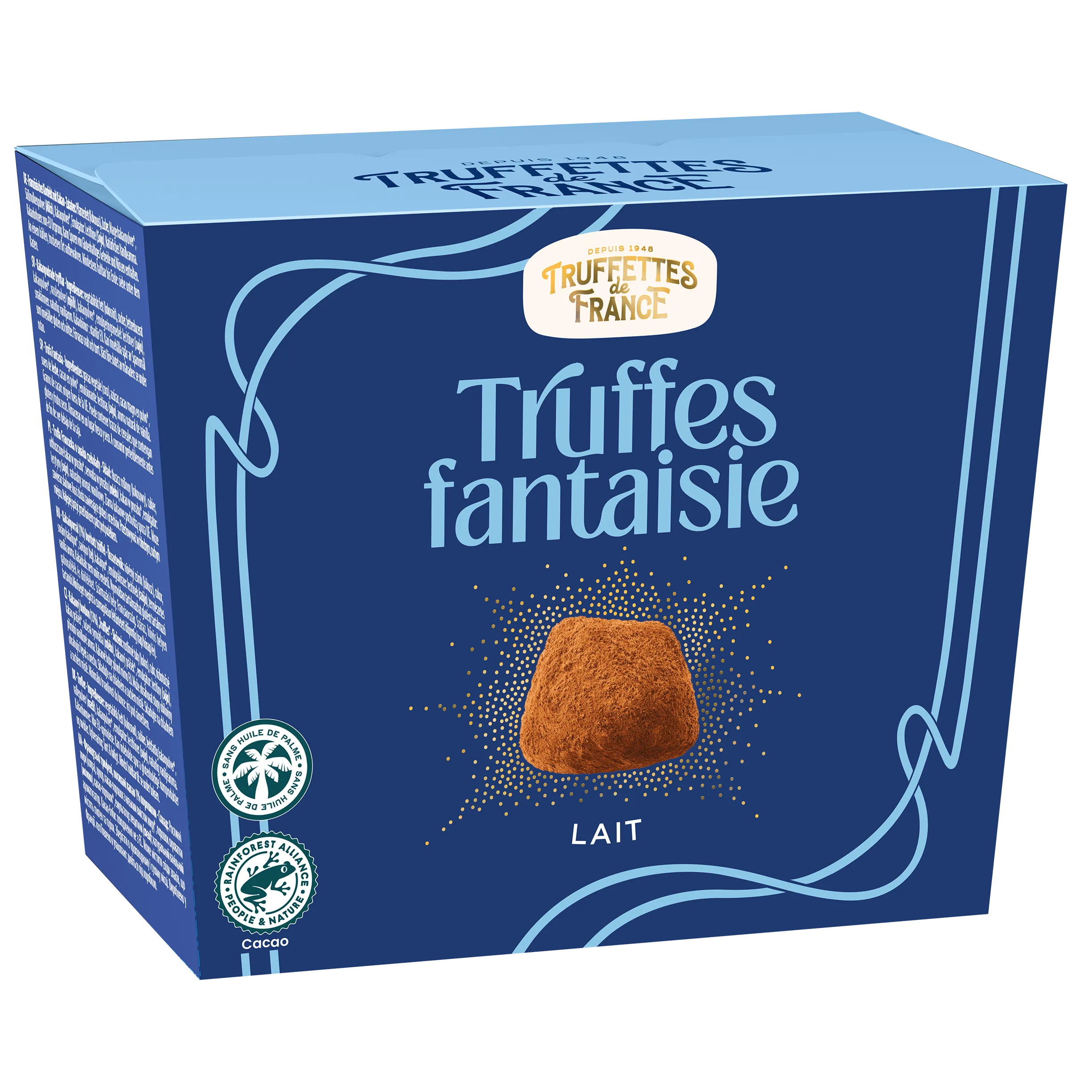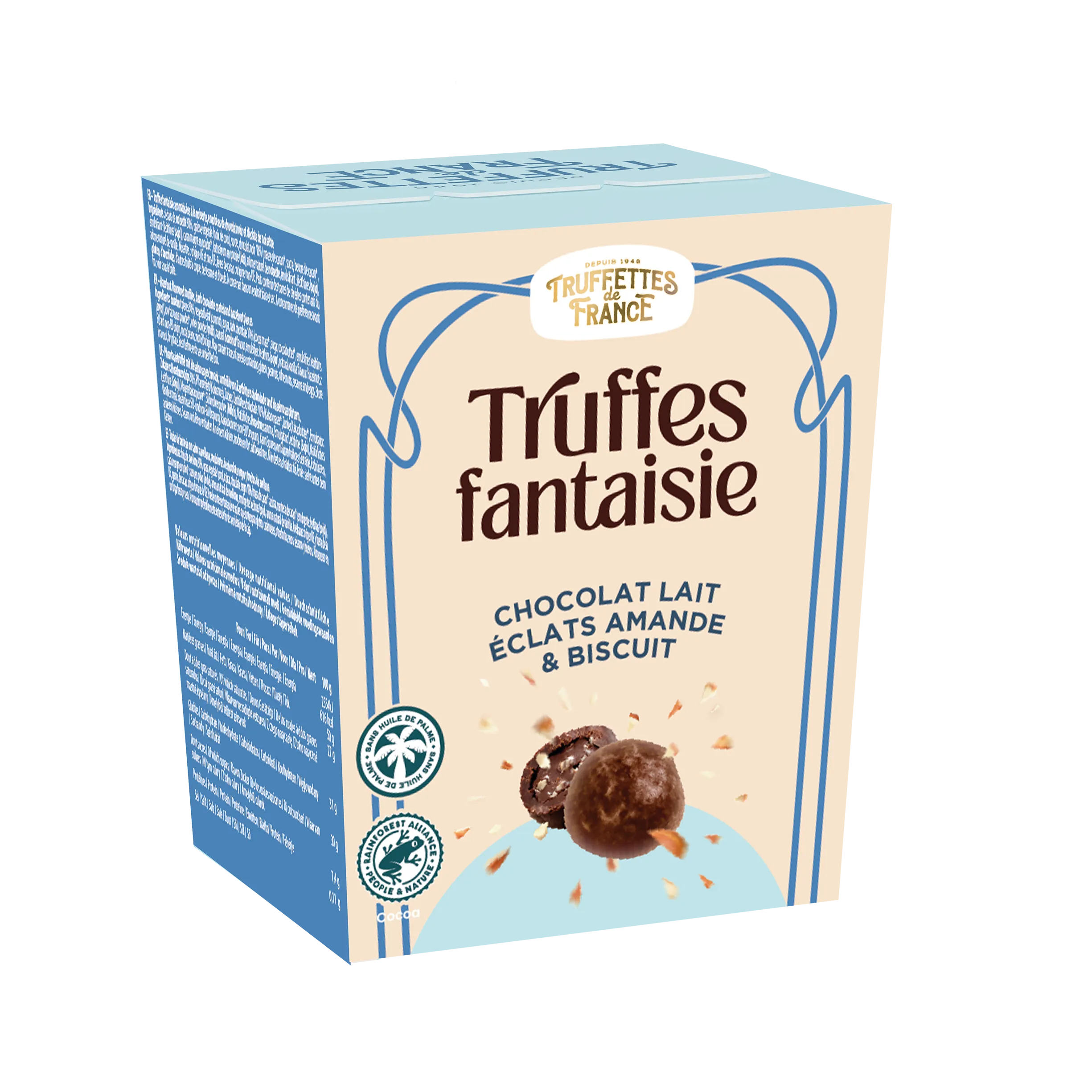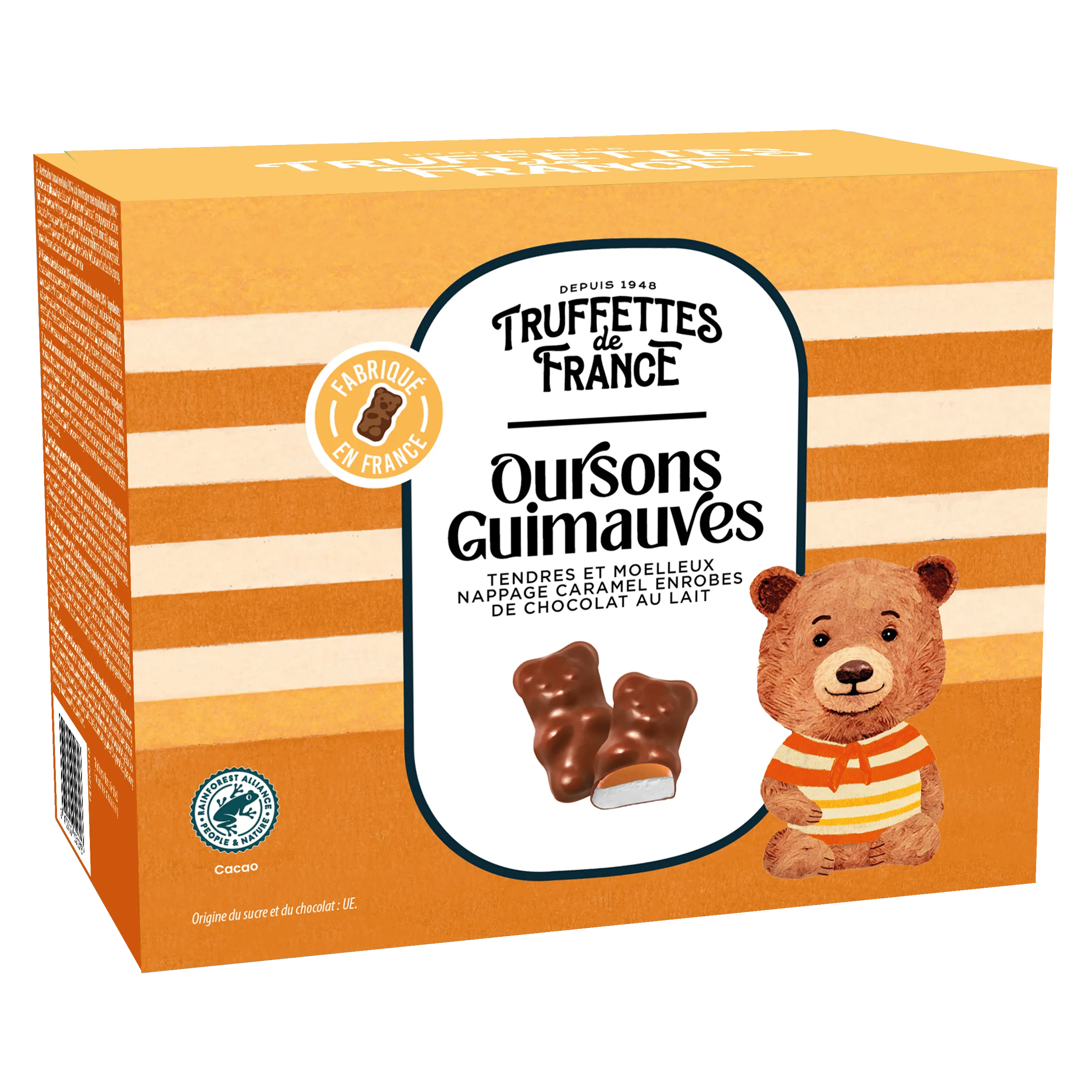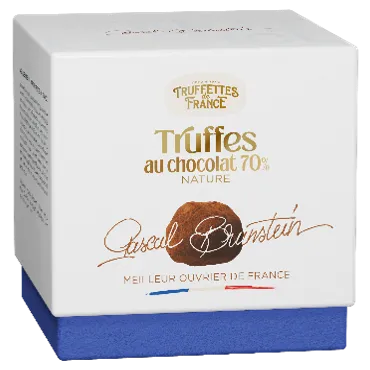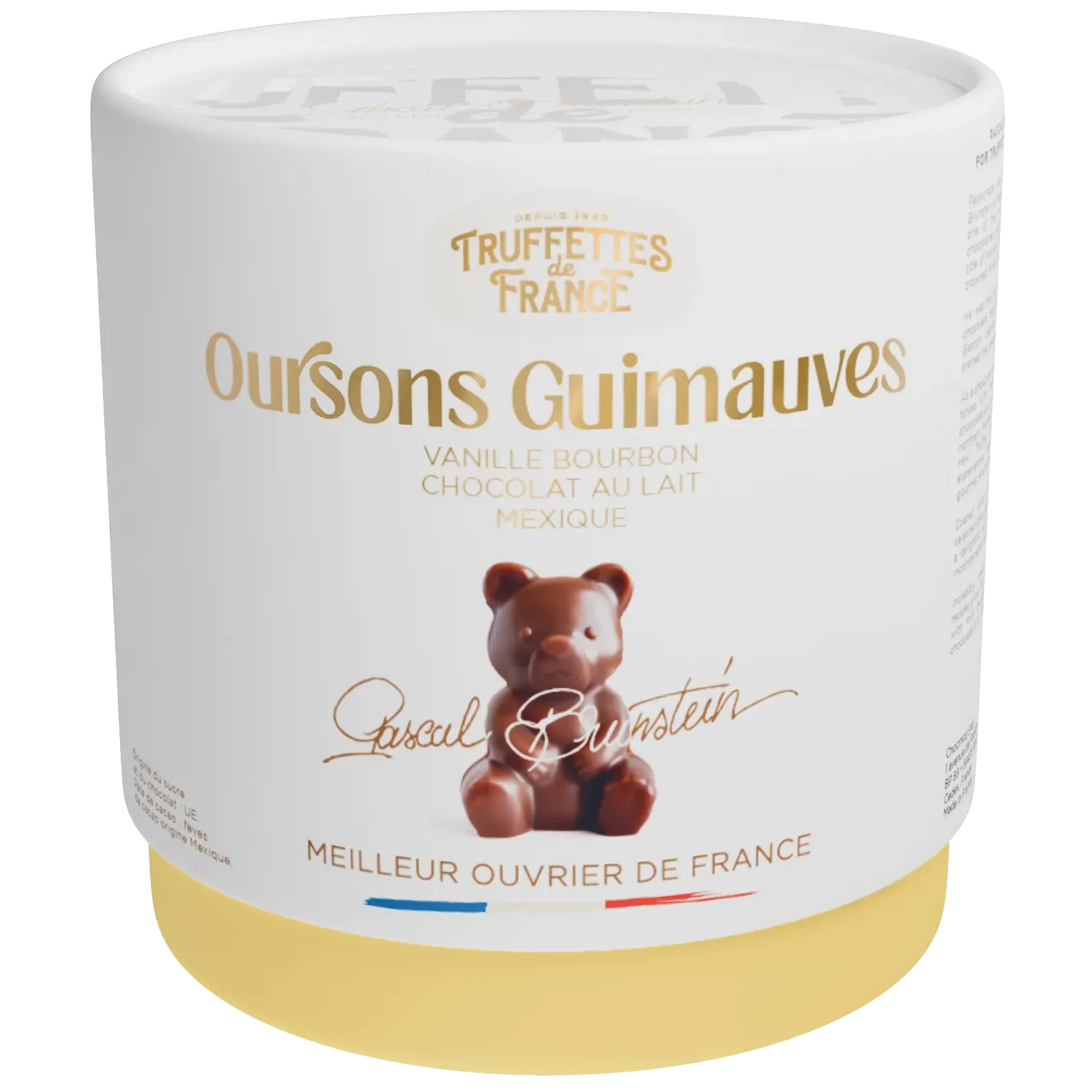Definition: Praliné. Between history and fruit

Praliné, a jewel in the crown of confectionery and patisserie, is as much admired as ever. This gourmet preparation cleverly blends roasted and caramelized dried fruits to create a crunchy texture and a taste that's both sweet and intense. Let's take a look at its history, how it's made, its uses and some practical tips for making a delicious homemade praliné.
The history of pralines: a French invention
The origins of pralines date back to 17th-century France. Legend has it that the head pastry chef of Duke César de Choiseul du Plessis-Praslin created the confection by accident. What's certain is that praliné quickly conquered the royal palates before becoming widely available. Today, it remains a staple in the composition of many sweets.
The term "praliné" simply derives from the name of the Duc de Plessis-Praslin, whose chef, Lassagne, was associated with this divine creation. Originally, this treat consisted mainly ofalmonds and caramelized sugar. Over time, hazelnuts joined the ranks of the ingredients used, enriching the bouquet of flavors offered by praliné.
Making praliné: a delicate art
Making praliné requires a certain technical mastery to achieve optimum results. The essential steps include roasting the dried fruit, caramelizing the sugar, then meticulously grinding this exquisite mixture. Let's take a closer look.
Roasting the dried fruit
The first crucial stage is roasting the almonds and hazelnuts. This operation develops the aromas and adds crunch to the dried fruit. Simply heat the fruit in the oven at around 150°C for fifteen minutes, stirring regularly to prevent burning.
Proper roasting ensures that the dried fruits release their full aromatic intensity, a real guarantee of the quality of your praline.
Sugar caramelization
Next comes the caramelization phase. Sugar and water are heated to a beautiful golden hue, the hallmark of a successful caramel. Care must be taken at this stage to avoid burning the caramel, which would give it an undesirable bitter taste.
Once the caramel is ready, the roasted dried fruit is immediately added, stirring vigorously to coat each piece. This quick but decisive operation is the very heart of the praline paste.
Crushing the mixture
Finally, the mixture of caramelized dried fruit is finely ground to the desired consistency. Depending on the intended use (dried fruit purée, praline paste or crunchy praline), the grinding may be more or less fine. A traditional mortar and pestle may be suitable for small artisanal quantities, while powerful robots will be indispensable for larger production runs.
When grinding, take care not to overheat the mixture, to preserve the full flavour intensity of the dried fruit.
The many uses of praliné
If there's one gourmet foodstuff that's versatile, it's praliné. Patisseries and confectioners use it extensively for its incomparable taste and textural qualities.
From Christmas logs to chocolate éclairs and the famous Paris-Brest, this praline paste gives life to a variety of mouth-watering culinary creations. Used as a main ingredient or simply as a finishing touch, it sublimates any sweet recipe.
Must-have pastries
- Paris-Brest: Traditional French pastry featuring a crown of choux pastry filled with praline mousseline cream.
- Bûche de Noël: Festive dessert often topped with praline cream for its silky texture and balanced sweetness.
- Macarons: Delicate delicacy sometimes with a praline ganache between two crunchy shells.
Candy-making
Praline is also found in many chocolate bonbons. By placing a layer of praline paste at the heart of a chocolate shell, chocolatiers succeed in marrying complementary textures and flavors to offer a rich taste experience.
Here too, the diversity of pralines (hazelnut, almond, mix) makes it possible to create a wide variety of refined bonbons, perfect for satisfying all tastes.
Making your own praliné: simple steps and tips
Making homemade pralines is an immense pleasure, and allows you to personalize the recipe to your own preferences. Here are a few practical tips on how to make it at home.
Choose your ingredients
Choose quality almonds and hazelnuts. Organic dried fruits are an excellent choice to guarantee the best possible taste. Classic white sugar is ideal for caramelization, but you can also experiment with brown sugar for slightly different notes. The second important point is to select the right tools. A powerful food processor will make the task much easier, especially when it comes to grinding.
Detailed steps
- Roast 200 grams of almonds and 200 grams of hazelnuts for 15 minutes at 150°C.
- In a saucepan, melt 400 grams of sugar with a little water to obtain a golden caramel.
- Immediately add the roasted nuts to the caramel and mix quickly.
- Spread the mixture out on baking parchment and leave to cool.
- Once cold, break into pieces and grind to desired fineness.
Tip: use praline in your everyday desserts
Incorporating praline into your home recipes can transform an ordinary dessert into a sensational delicacy. For example, add it as a topping to your crêpes, fold it into a homemade spread or use it to fill brioches.
On the other hand, imagine adding a little praline paste to your fruit tarts for an irresistibly crunchy, sweet note.
Worldwide appreciation and recognition
Praliné is appreciated the world over, but remains deeply rooted in French culinary tradition. Its versatility and ability to enhance a variety of sweet creations make it a perennial favorite among pastry chefs and food lovers alike.
Whether in the form of purée, praline paste, or even crunchy inclusions in fine pastries, praline continues to delight taste buds generation after generation.

